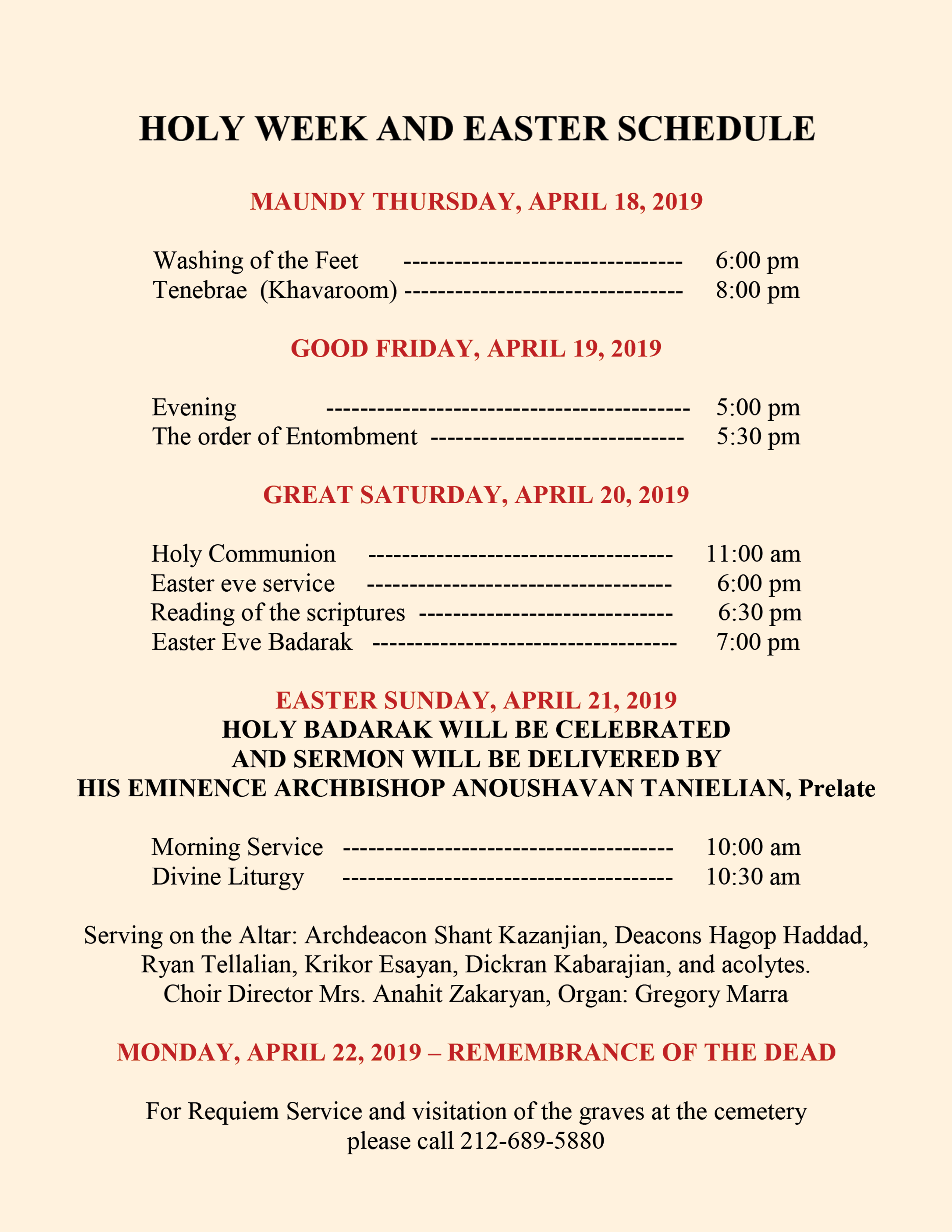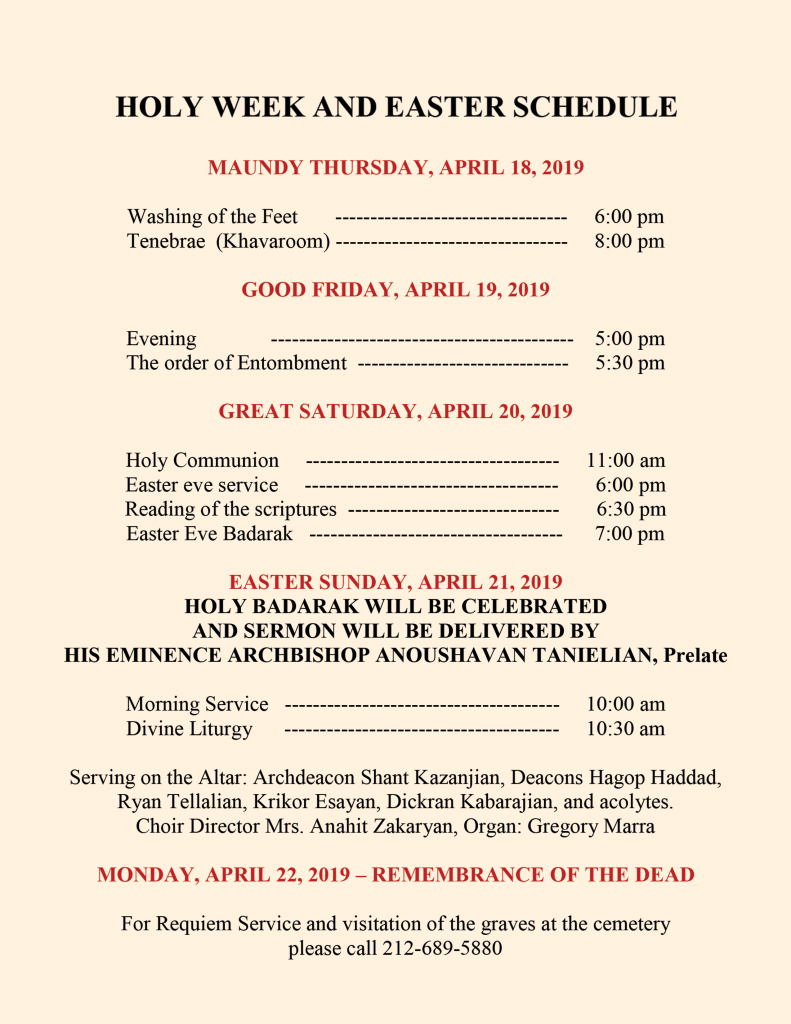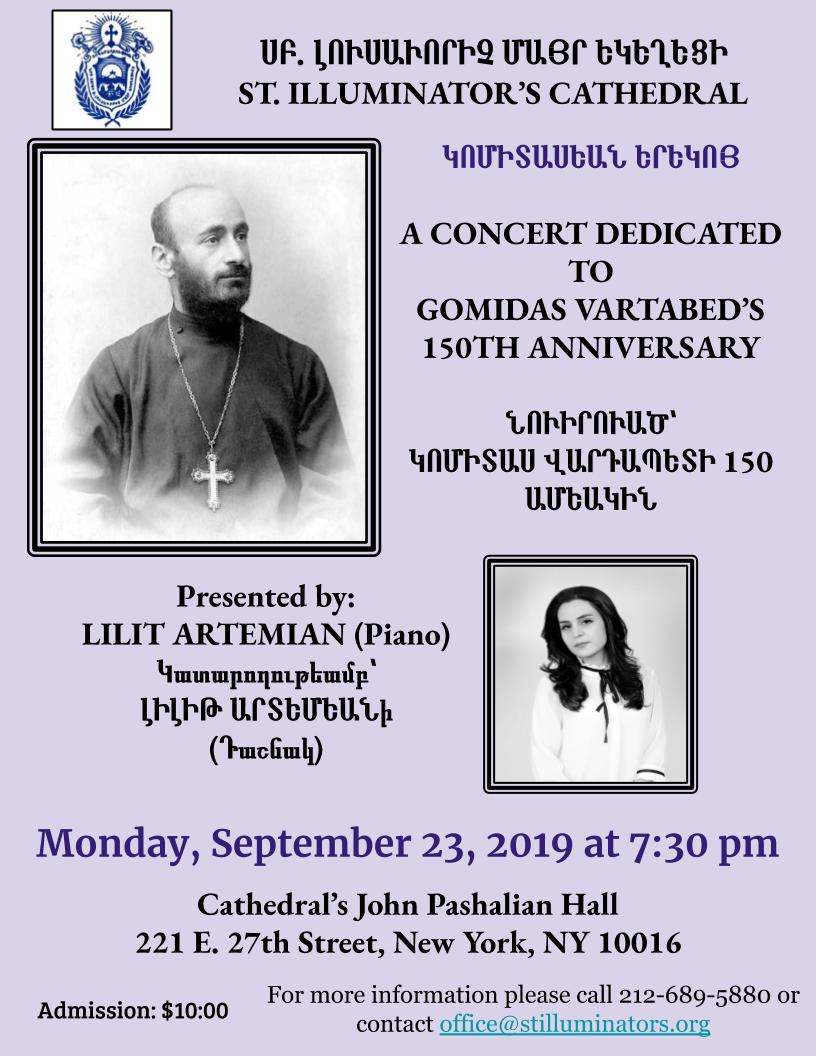
Lilit Artemian: Piano Concert Dedicated to Gomidas Vartabed’s 150th Anniversary
September 23rd, 7:30PM in the John Pashalian Hall. Admission is $10.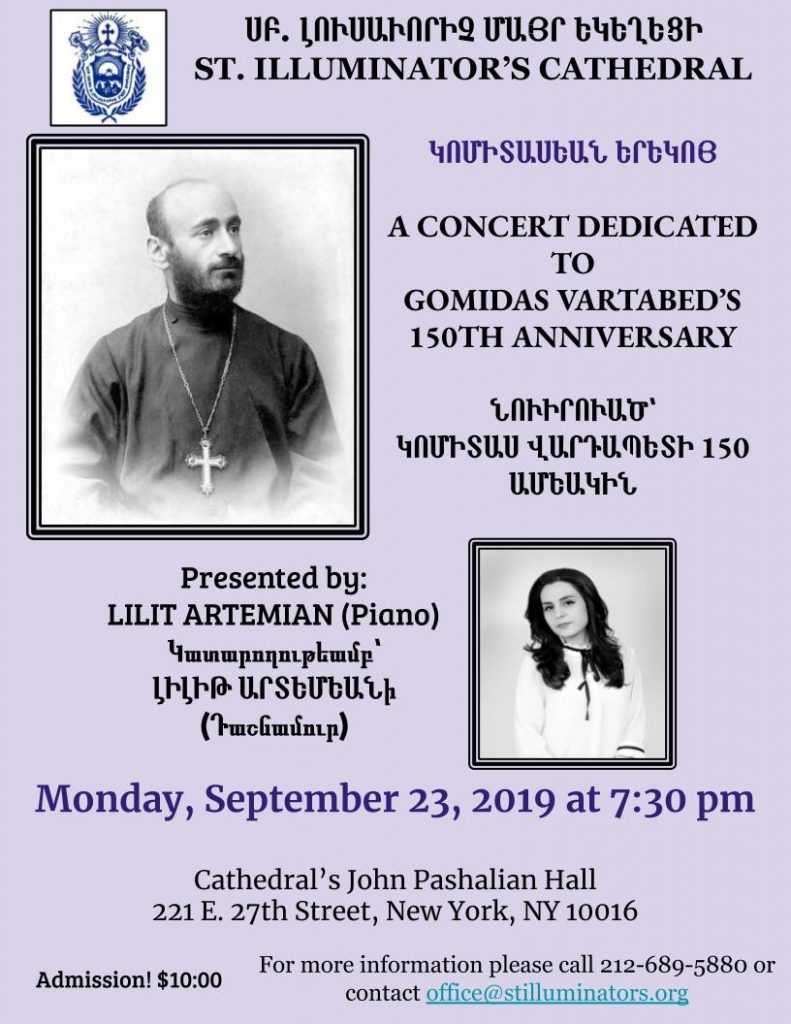

September 23rd, 7:30PM in the John Pashalian Hall. Admission is $10.
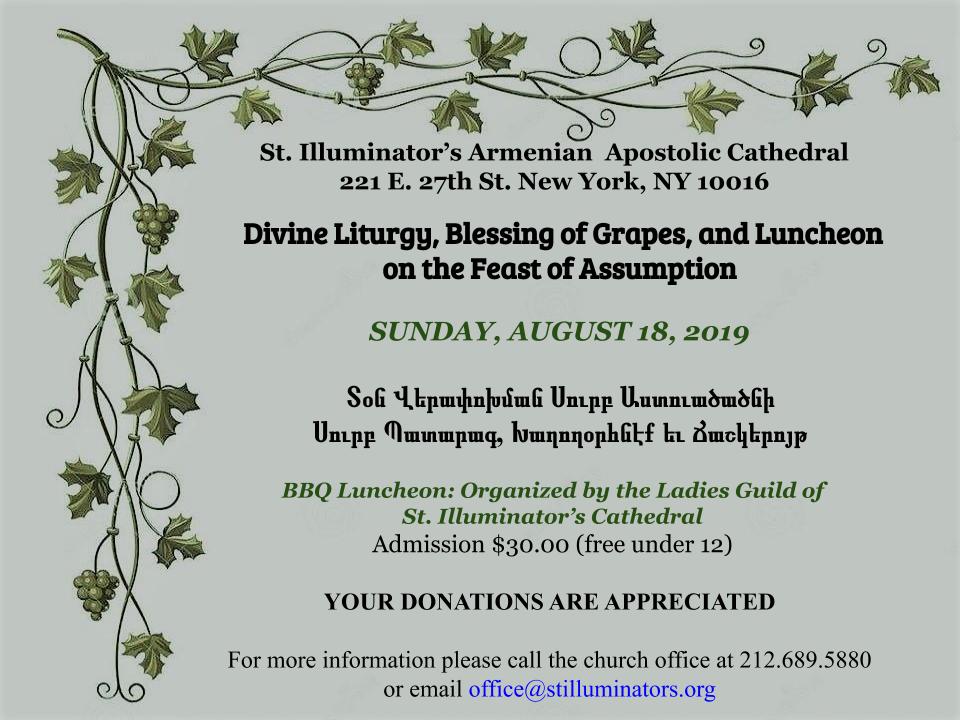
August 18th, Luncheon organized by the Ladies Guild will be held in the John Pashalian Hall after Badarak.
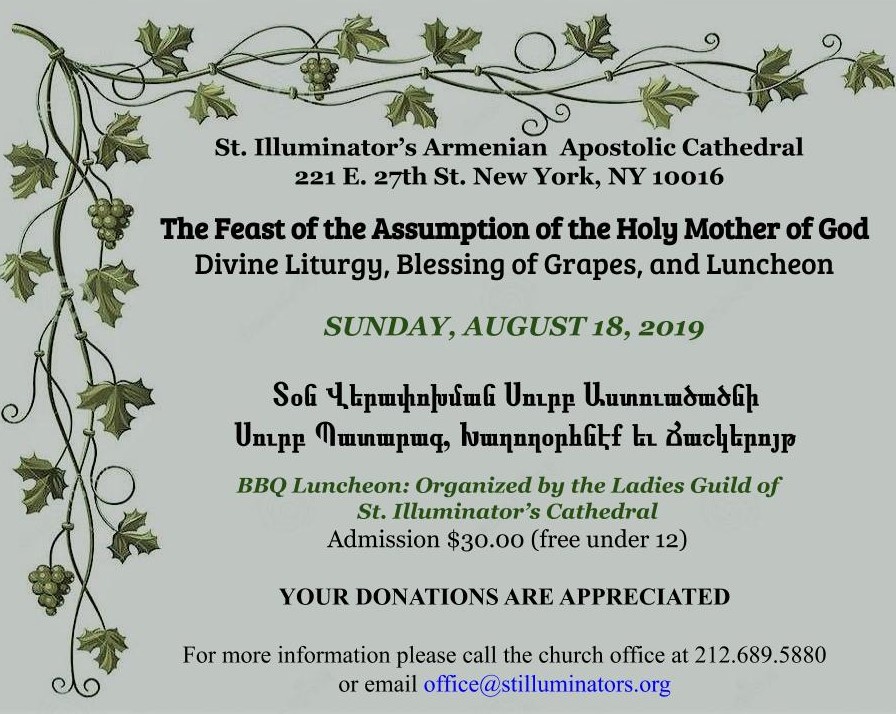

June 9th, 1PM Opening Reception in the John Pashalian Hall.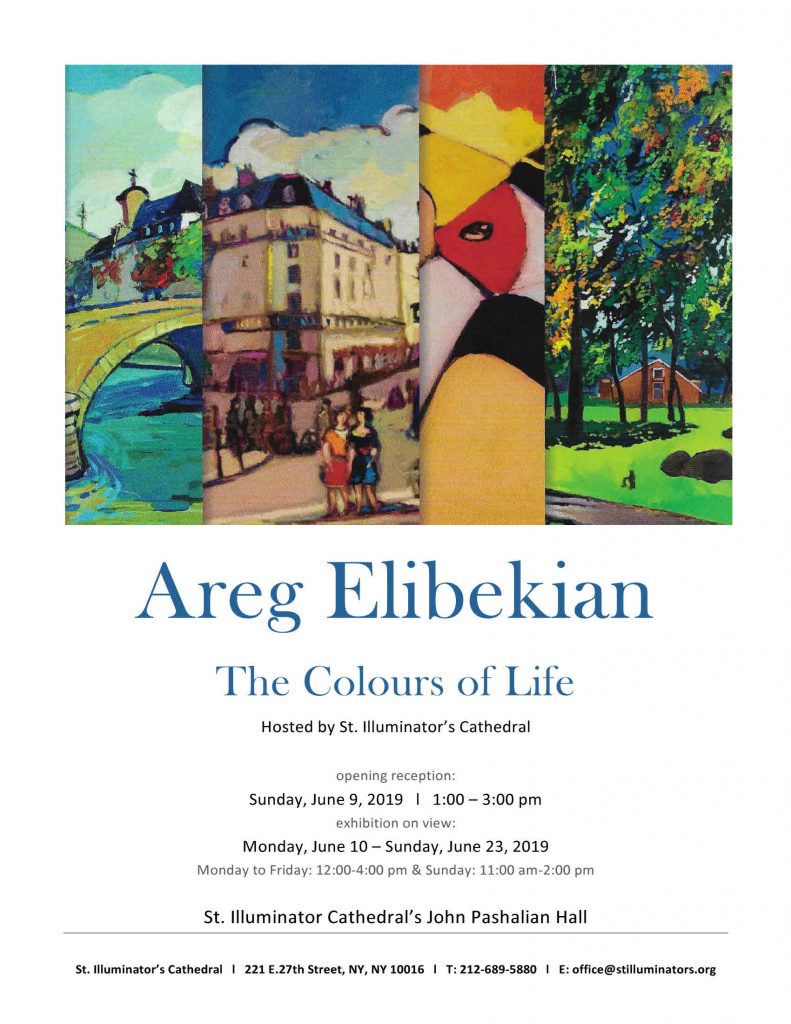
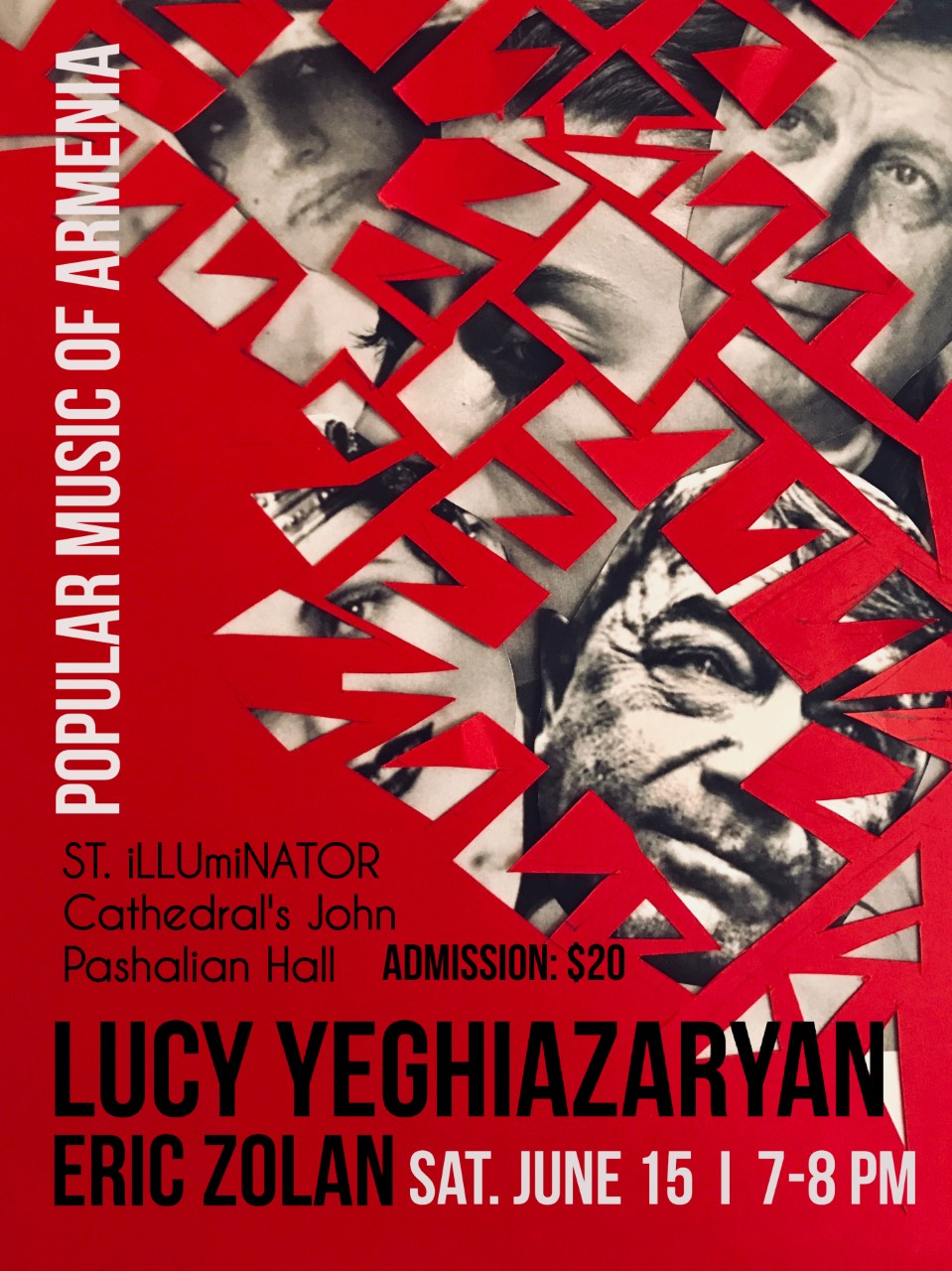
June 15th, 7PM in the John Pashalian Hall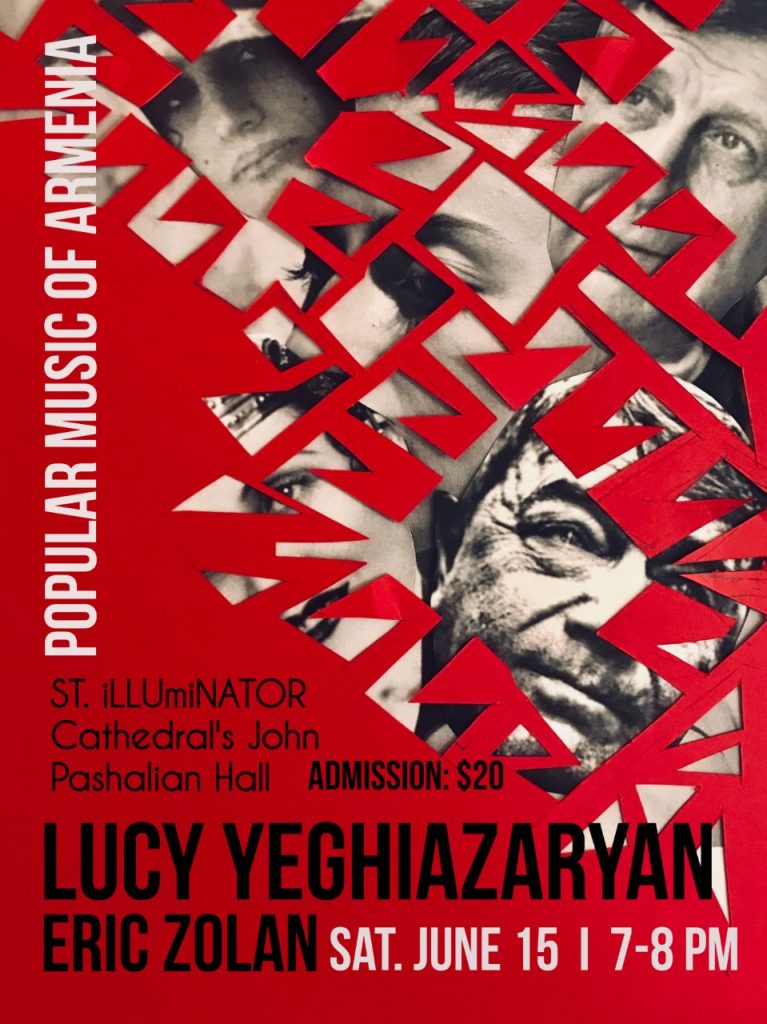

May 19th after Badarak in the John Pashalian hall. 
